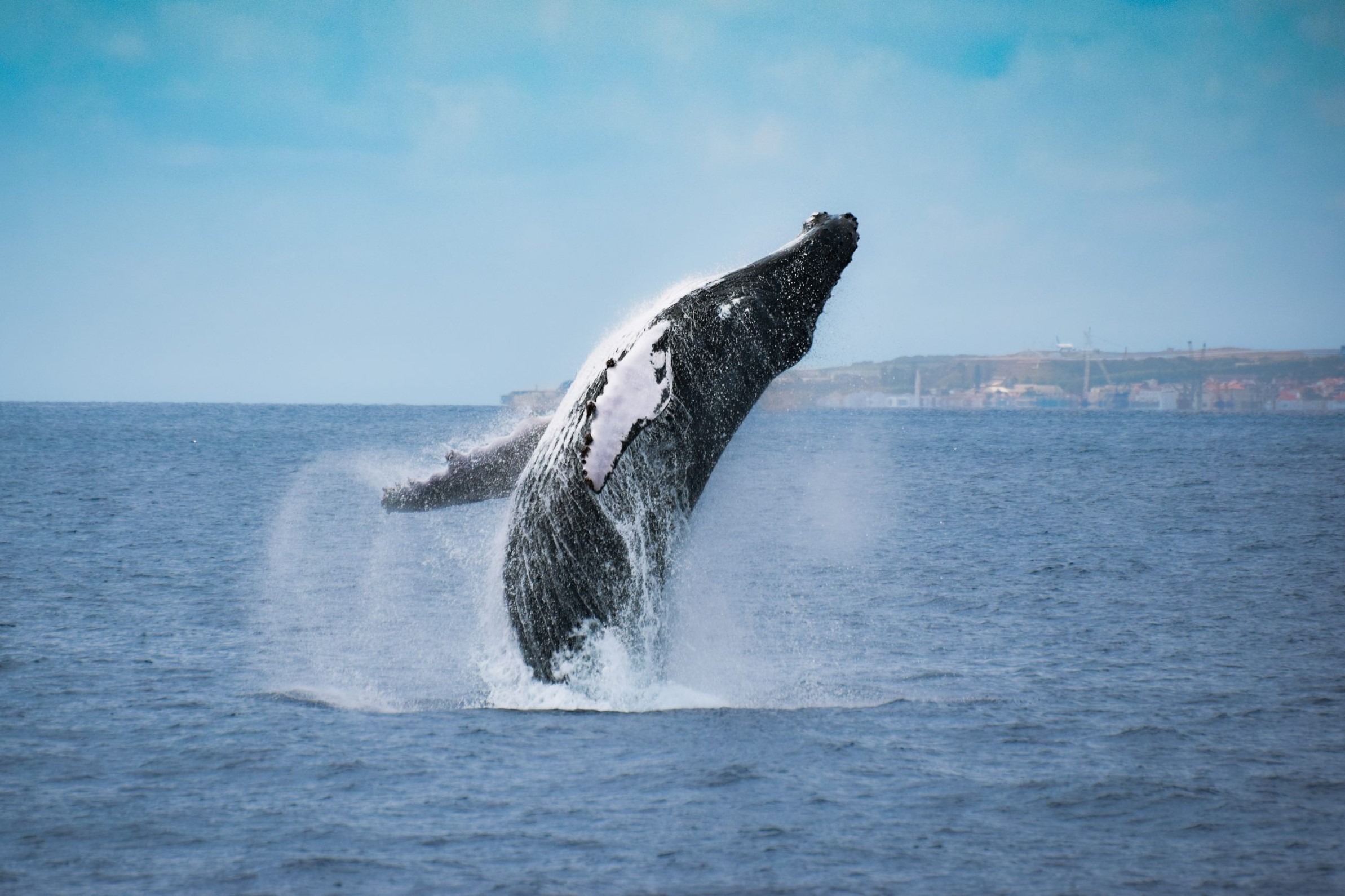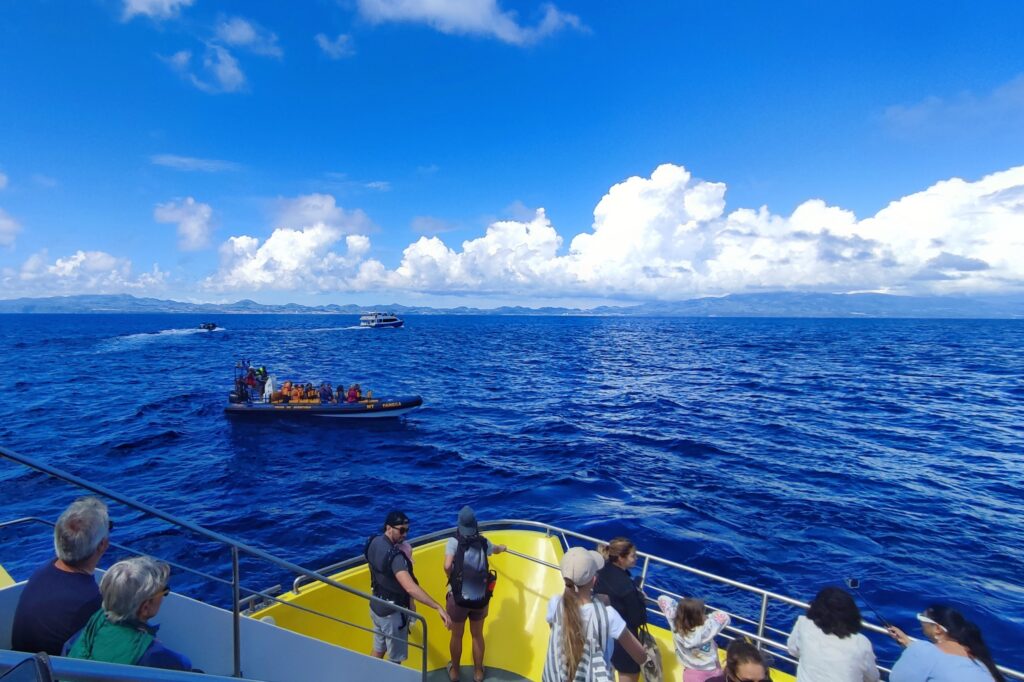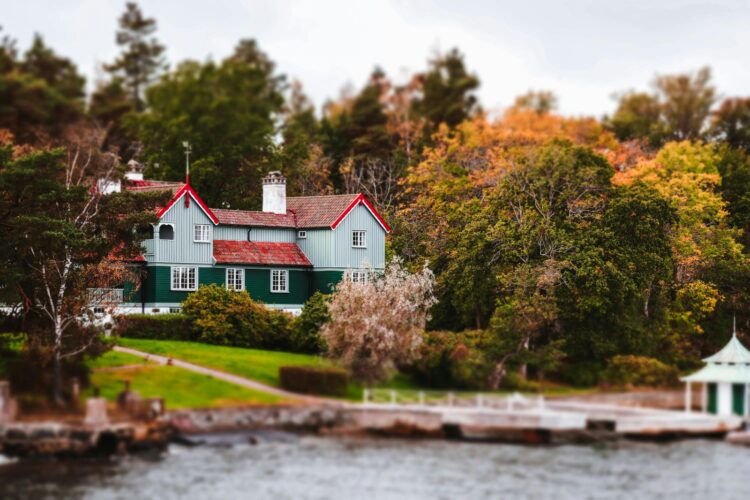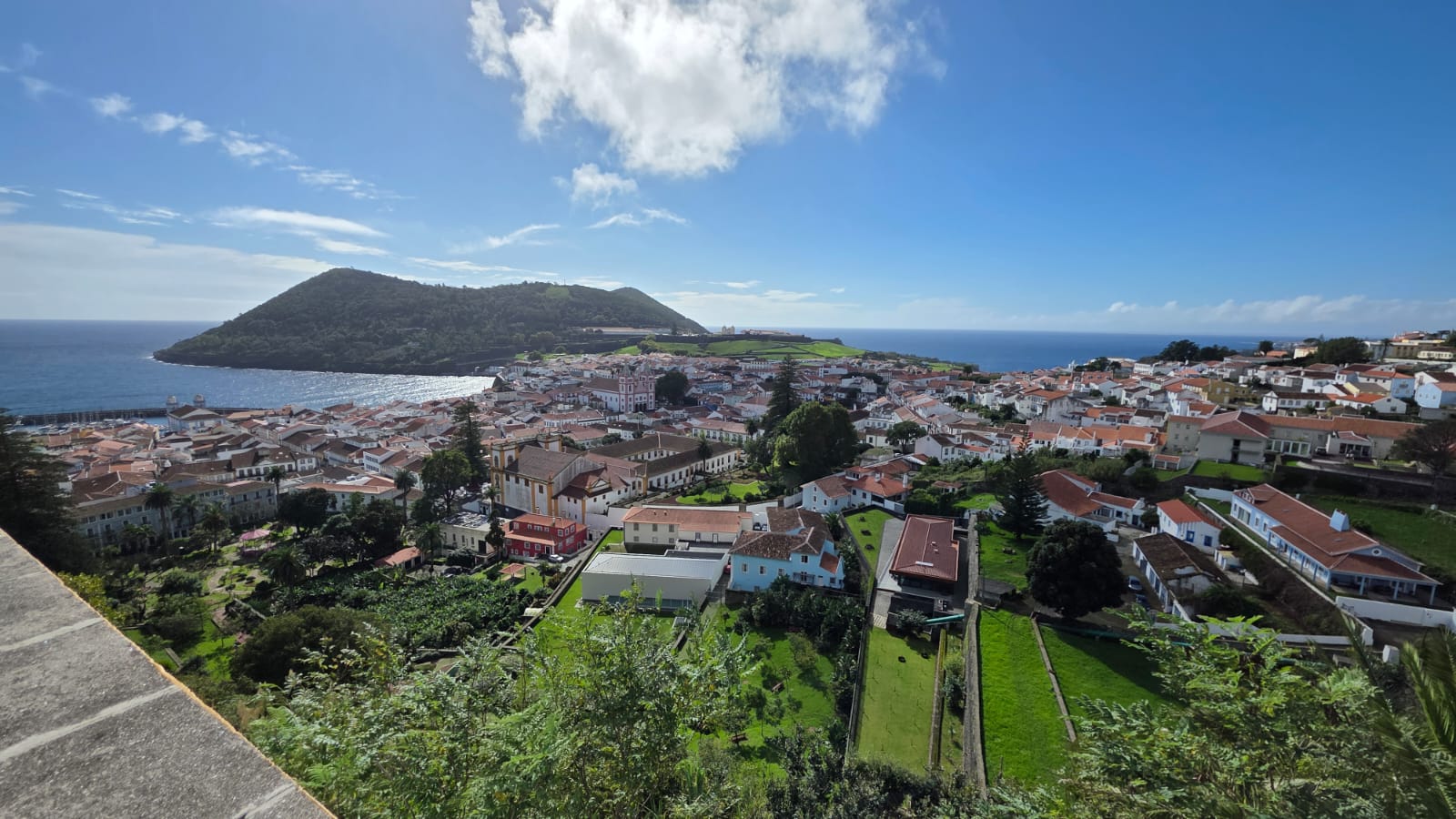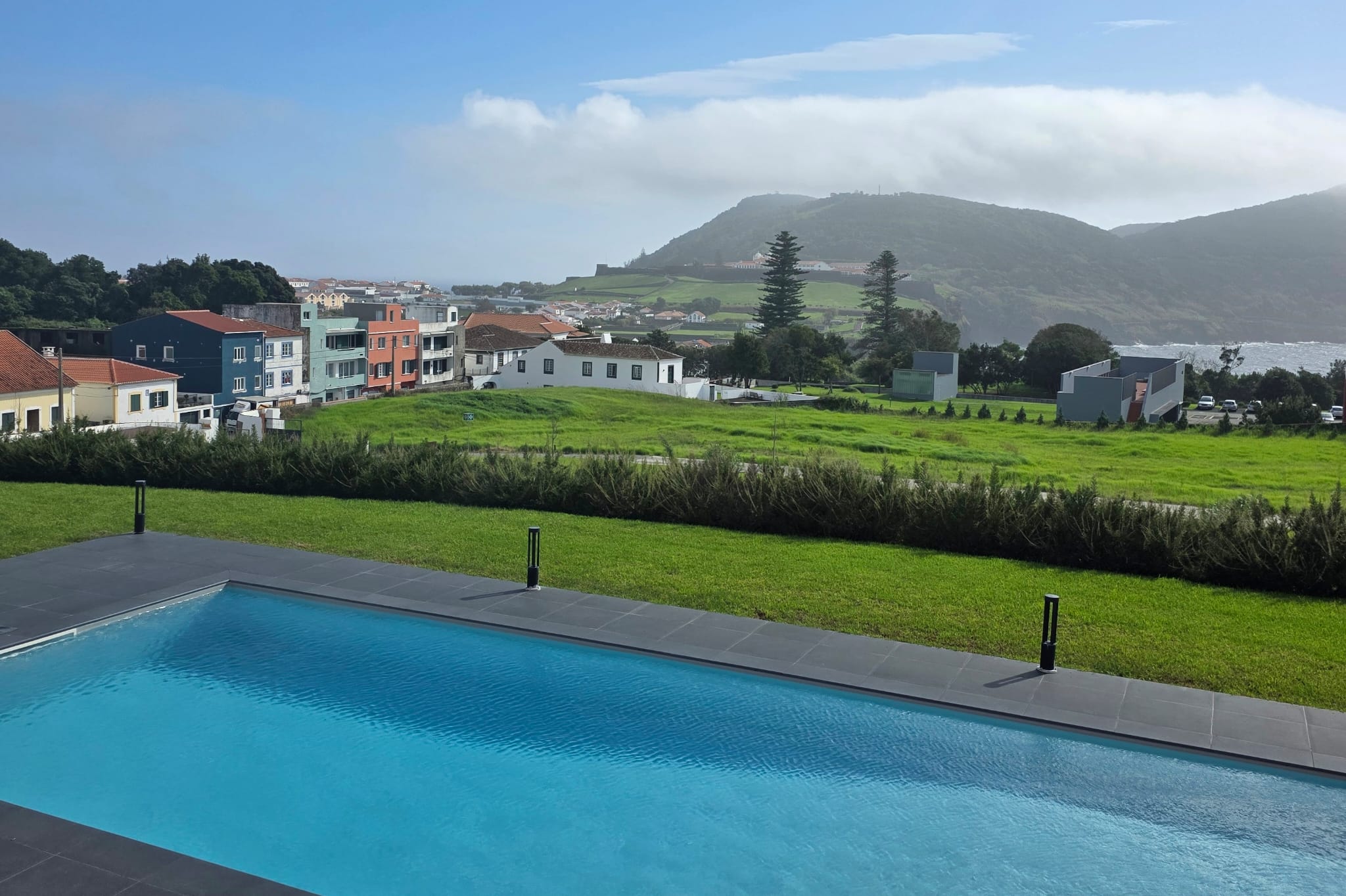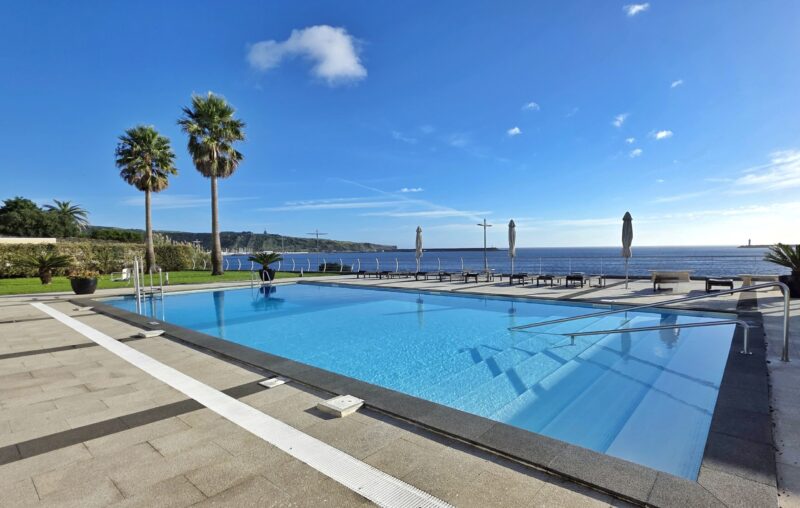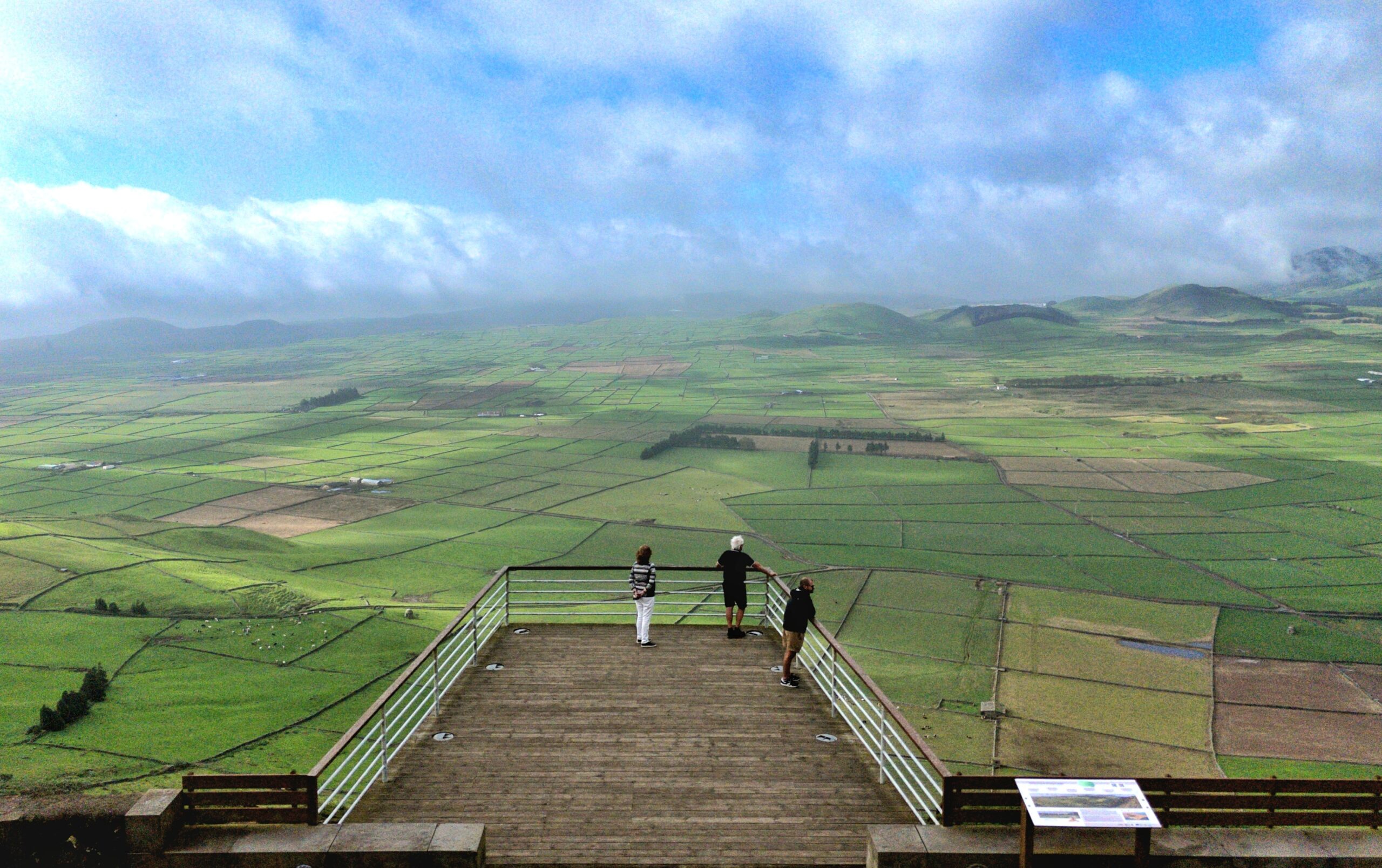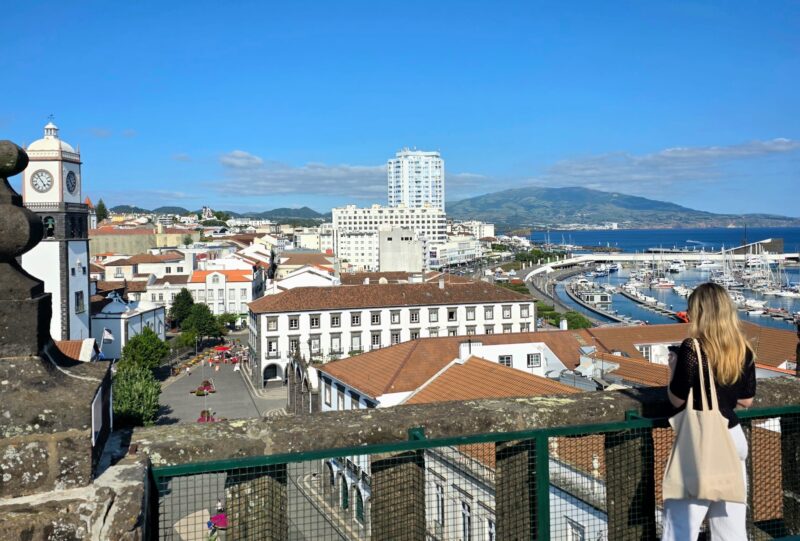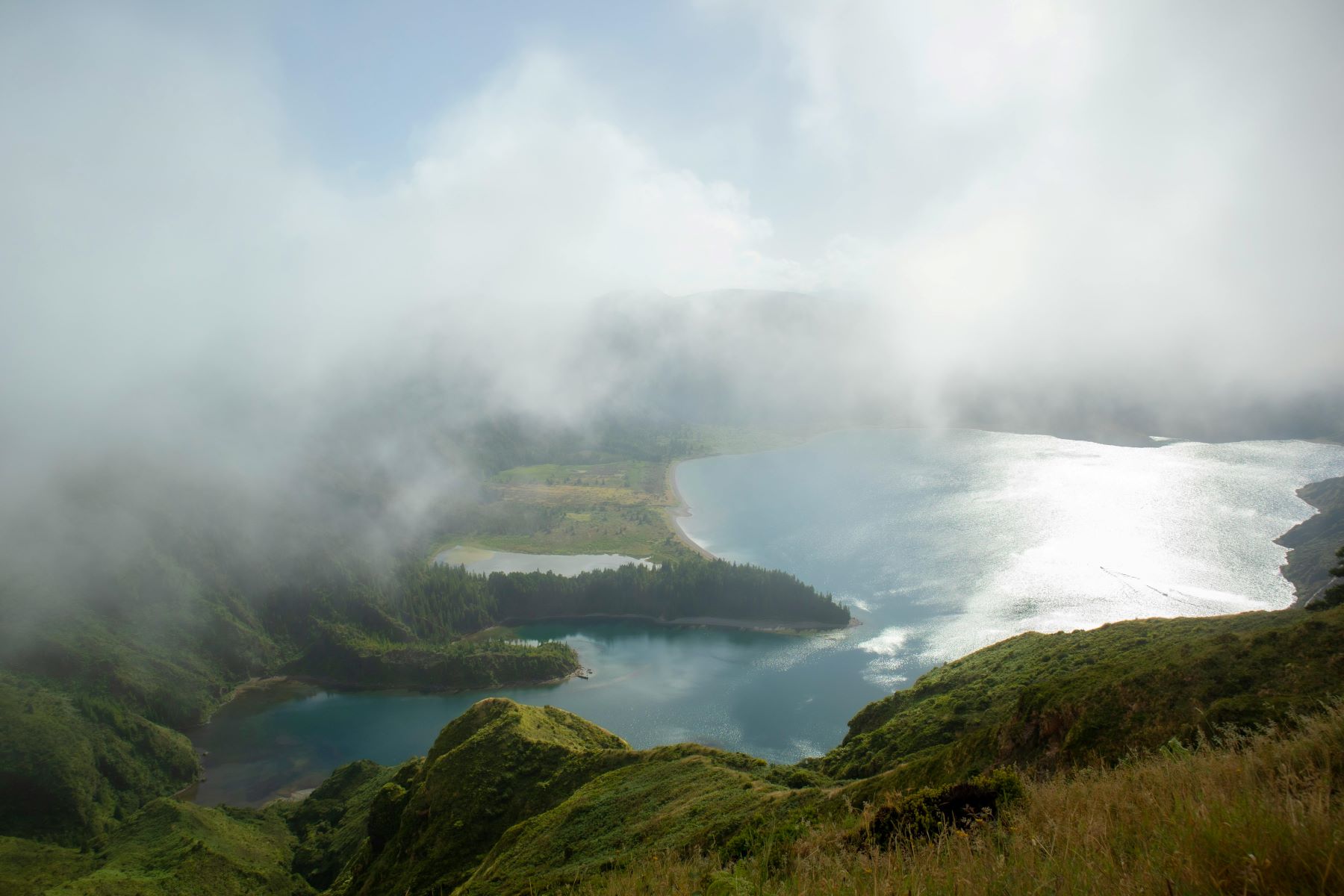If you’re planning a trip and want to know everything about whale and dolphin watching in the Azores, this guide is for you. This archipelago, located in the middle of the Atlantic Ocean, is one of the world’s largest whale sanctuaries, home to over 20 species of cetaceans, including both resident and migratory species. This impressive number represents about one-third of all known cetacean species worldwide.
Why Are the Azores a Unique Destination for Whale and Dolphin Watching?
The archipelago stands out as a top destination for whale and dolphin watching due to its unique ecosystem. This natural paradise is either a permanent home or a migratory stopover for numerous cetacean species.
With the presence of majestic whales and playful dolphins, the blue Atlantic becomes even more magical. While whale and dolphin watching in the Azores, you’ll have the chance to witness these creatures in their natural habitat.
Can Anyone Join These Tours, or Are There Restrictions?
Yes, these tours are generally safe for all ages. However, it’s a good idea to check with the tour operator to see if they have any specific recommendations.
When Is the Best Time for Whale Watching in the Azores?
Whale and dolphin watching in the Azores is possible year-round, but spring—especially the months from April to June—is considered the best time to spot blue whales, orcas, and other baleen whales such as fin whales and sei whales. In the summer, Azorean waters are ideal for spotting pilot whales, beaked whales, and various species of dolphins, such as the Atlantic spotted dolphin.
BOOK NOW
In Ponta Delgada with Futurismo. Use the promo code: AZORESGPS5
BOOK NOW
In Vila Franca with Terra Azul. Use the promo code: WELCOM3
Statistics and Watching Opportunities
When joining a whale and dolphin watching tour in the Azores, you can expect a high success rate: 75% chance of spotting whales and 98% for dolphins. Tours usually last around three hours and, in addition to cetaceans, you might also see turtles, seabirds, and other species that inhabit or migrate through these waters.
Where Can I Take This Tour in São Miguel?
Ponta Delgada, Ribeira Grande or Vila Franca do Campo.
What’s the Best Company for Whale Watching in São Miguel?
In São Miguel, there are several companies specializing in whale and dolphin watching. Azores GPS partners with local companies known for having marine biologists on board. These experts provide detailed information about the species spotted, safety guidelines, and marine observation rules.
Do I Need to Book in Advance?
What Type of Boat Is Used?
Tours are usually conducted on semi-rigid boats (zodiacs) or catamarans. If you prefer comfort or are traveling with a small child, choose the catamaran. If you’re into adventure, go for the zodiac (semi-rigid boat). If you’re unsure about which boat to choose, send us a message on social media or through the booking form here: WHALES.
What Should I Bring on the Tour?
To ensure a comfortable and safe whale and dolphin watching experience in the Azores, it’s recommended to wear comfortable clothes and shoes, bring a light waterproof jacket, and pack some water and snacks to stay hydrated and energized during the trip.
Extra tips: use sunscreen on your face and wear sunglasses to protect your eyes from the wind. If you have long hair, don’t forget to bring something to tie it up — this will keep your hair from looking like a lion’s mane when you get off the boat, and it will also spare the person sitting behind you! 🙂
Have questions before booking your tour?
Get in touch with us! Click Here 🙂
This is the perfect destination to witness some of the most incredible creatures on the planet. With tips from a local resident, you’ll be fully prepared to make the most of this unforgettable experience.
Rent a car in the Azores from just €10 per day
Compare deals from multiple companies, get an instant quote, and book online right away.
Got questions or tips about the Azores? JOIN OUR FACEBOOK GROUP
Want to see more of the Azores? SUBSCRIBE TO OUR YOUTUBE CHANNEL
The content of this post is the responsibility of its author.

